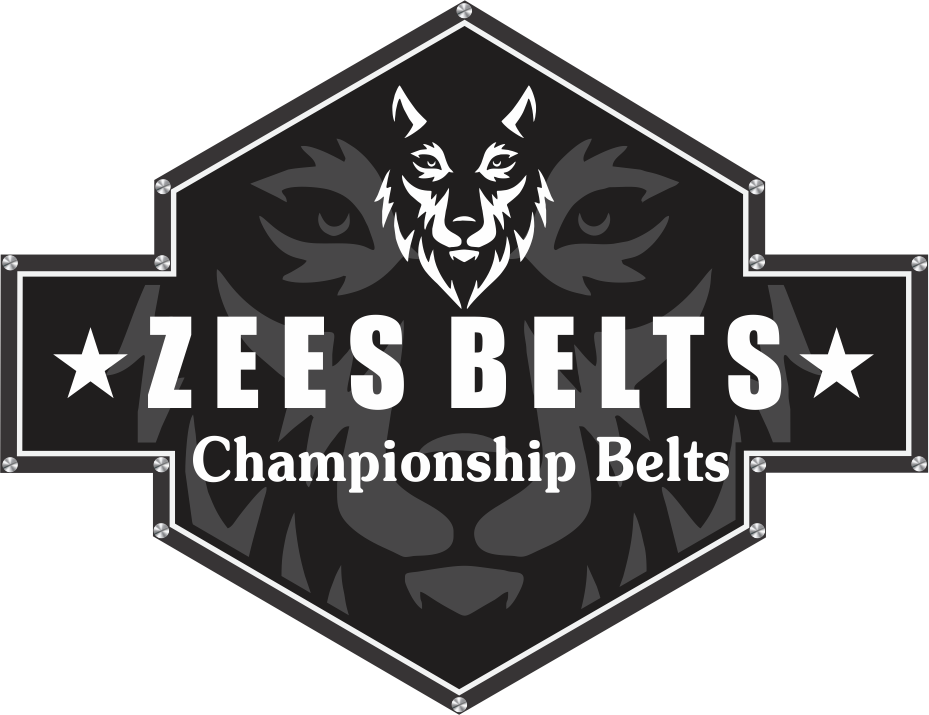In the realm of wrestling few symbols are as esteemed and recognizable, as the championship belts of the World Wrestling Federation (WWF). Throughout its history the WWF has showcased some of the sought after titles in the sport ranging from the prestigious WWF World Heavyweight Championship to the Intercontinental and Tag Team Championships. These belts have transcended rewards; they embody the passion, expertise and larger than life personas that characterize wrestling.
The Historical Importance of WWF Belts
The legacy of WWF belts represents wrestlings journey from a niche form of entertainment to a phenomenon. Each belt, with its design and origin story narrates an era. Honors the wrestlers who battled for it. Take, for instance the WWF World Heavyweight Championship held by icons like Hulk Hogan, The Rock and Stone Cold Steve Austin. Each champions reign contributing to the belts allure and heritage.
Artistry and Detailing
The craftsmanship behind WWF belts has always been integral, to their allure. Across time these belts have transformed from leather straps with metal plates to pieces of art embellished with gold, silver and precious stones.
The skill and artistry involved in crafting these belts showcase the prestige associated with the titles they represent. Each design is meticulously selected to embody the excellence and grandeur that come with being a WWF champion.
WWF Belts; Cultural Symbols
WWF belts go beyond the realm of wrestling emerging as cultural symbols recognized worldwide. They signify the victories of both heroes and villains captivating fans imaginations and inspiring generations of wrestlers. These belts have made their mark in forms of media solidifying their position, as emblems of accomplishment and excellence in the world of sports entertainment.
Collecting WWF Belts
For enthusiasts and collectors WWF belts hold a significance as items. Authentic replicas and vintage belts are highly coveted with fans eager to acquire a piece of wrestling history. Collecting these belts allows fans to relive their moments and wrestlers preserving the legacy of WWFs golden era and beyond.
The Timeless Allure of WWF Belts
The enduring charm of WWF belts stems from their ability to evoke nostalgia, honor accomplishments and motivate generations of wrestlers and fans alike. They embody the aspirations of athletes globally representing a goal for aspiring wrestlers while holding a place, in fans memories.
The transition, from WWF to WWE has seen these championship belts remain a part of the organization evolving with the times while preserving their importance.
In essence WWF belts embody more than honors; they are components of the intricate world of wrestling signifying the highest achievements in the sport. Their heritage is deeply embedded in the realm of wrestling serving as emblems of excellence, accomplishment and the enduring competitive spirit. These iconic belts continue to fascinate and motivate fans worldwide holding a cherished spot, in the hearts of wrestling enthusiasts across the globe.
